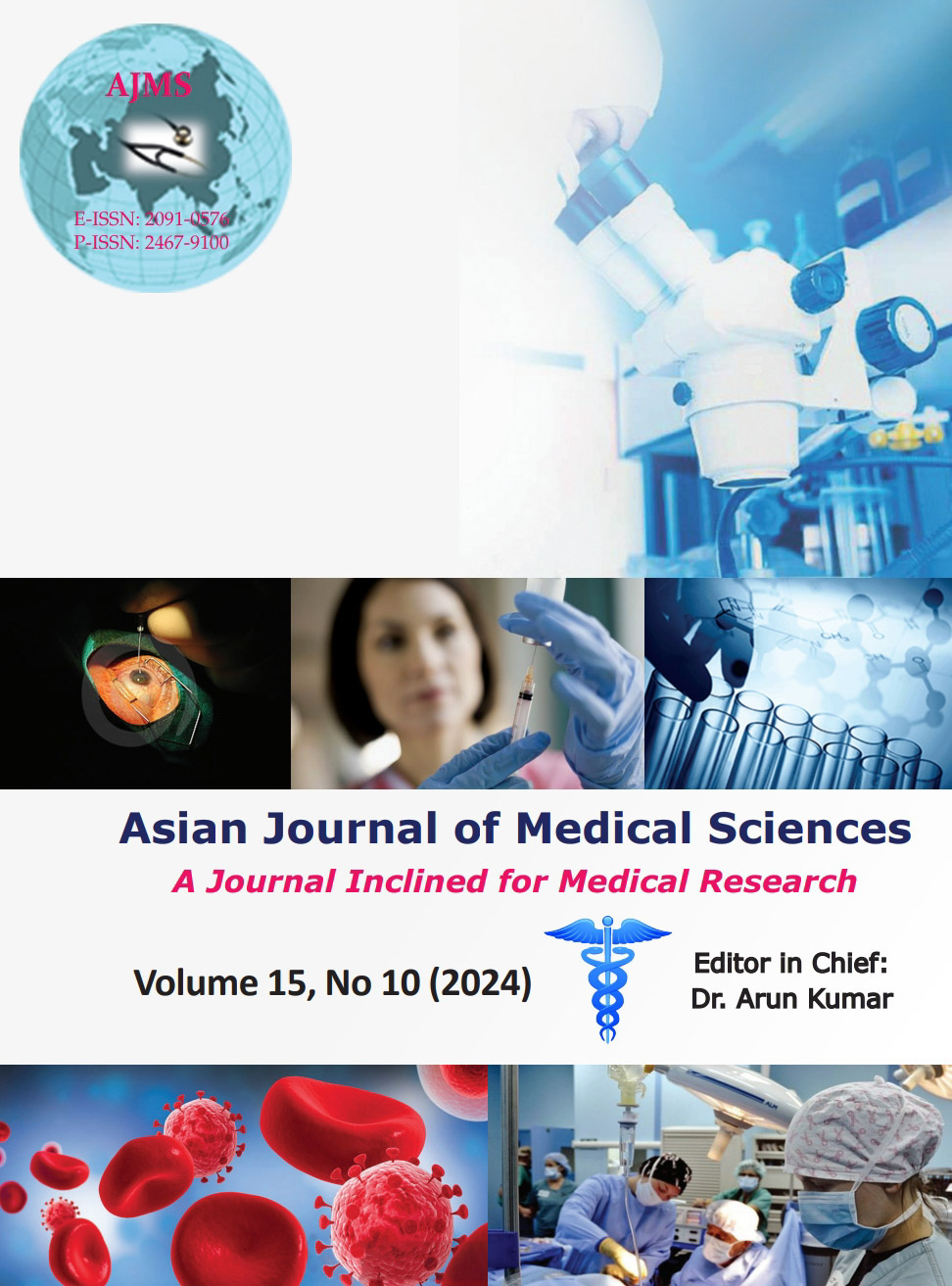Sociodemographic profile, clinical spectrum, and centers for disease control and prevention categorical evaluation of wound sepsis: Experience in a tertiary care hospital in India
Keywords:
Wound sepsis; Superficial and deep infection; Wound reclosureAbstract
Background: Over the last decade, the rate of cesarean sections has steadily increased owing to various reasons, and along with it the incidence of wound sepsis. Different risk factors identified are maternal age, socioeconomic status, educational status, antenatal visits, pregestational diabetes, obesity, recurrent pregnancy losses, duration of surgery, preterm rupture of membranes, etc. Hence, assessing infections and their management is an integral part of health care, as it helps develop strategies for prevention, better management of infection, reducing the hospital stay, and cost of healthcare.
Aims and Objectives: The aim of the study was to assess and note the variability of social and demographic profiles of patients undergoing cesarean sections and developing wound infection, along with its various presentations and categories.
Materials and Methods: A prospective observational study was conducted on patients who developed wound sepsis after undergoing cesarean section at a tertiary center in India.
Results: Among the patients enrolled, 35.83% were illiterate and 45.83% were educated up to the tenth standard. About 74% of patients were not registered during the antenatal period. Furthermore, the majority of patients were overweight and obese (74%) and were from lower socioeconomic strata. About 85% of the patients who developed wound infection had their surgery lasting for more than 60 minutes. About 87.50% developed a superficial category of infection, and 68.33% presented within the first 5 days of surgery. Patients with deep infected wounds had significantly bigger wounds and longer hospitalization.
Conclusion: Illiteracy and lower socioeconomic conditions predispose women to wound sepsis. A longer duration of surgery was associated with a higher risk of infection. Superficial wounds are the most common type of infection encountered. Deep and organ space categories of wound infection are associated with increased morbidity and longer hospitalization warranting aggressive management. Reducing the incidence of wound sepsis can help to reduce morbidity by identifying risk factors before pregnancy and supporting the implementation of preconception counseling centers and prenatal programs to educate and raise awareness among patients.
Downloads
Downloads
Published
How to Cite
Issue
Section
License
Copyright (c) 2024 Asian Journal of Medical Sciences

This work is licensed under a Creative Commons Attribution-NonCommercial 4.0 International License.
Authors who publish with this journal agree to the following terms:
- The journal holds copyright and publishes the work under a Creative Commons CC-BY-NC license that permits use, distribution and reprduction in any medium, provided the original work is properly cited and is not used for commercial purposes. The journal should be recognised as the original publisher of this work.
- Authors are able to enter into separate, additional contractual arrangements for the non-exclusive distribution of the journal's published version of the work (e.g., post it to an institutional repository or publish it in a book), with an acknowledgement of its initial publication in this journal.
- Authors are permitted and encouraged to post their work online (e.g., in institutional repositories or on their website) prior to and during the submission process, as it can lead to productive exchanges, as well as earlier and greater citation of published work (See The Effect of Open Access).




